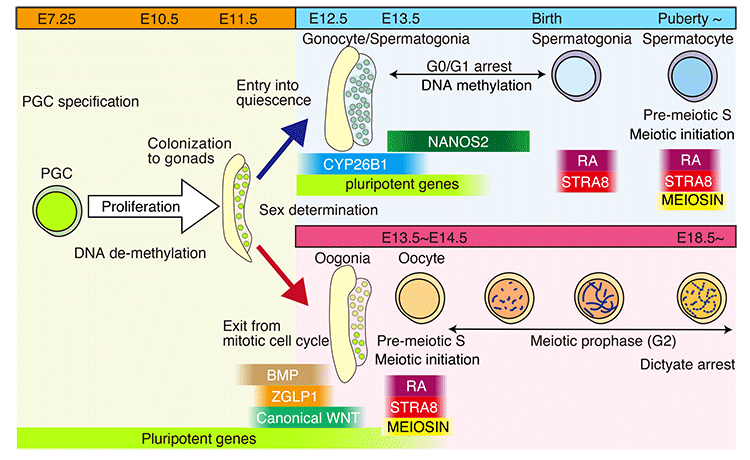Ethanolamine plasmalogens (EPls) and choline plasmalogens (CPls), unique glycerophospholipids may play important roles in milk production and reproduction in postpartum dairy cows. While CPls are more abundant in bovine blood, EPls are predominant in the brain. Brain EPls are the only recognized ligands of G protein-coupled receptor 61 (GPR61), a receptor that co-localizes with GnRH receptors on gonadotrophs. We hypothesized that chemosynthetic CPls stimulate gonadotropin secretion from bovine gonadotrophs, similar to the reported effects of chemosynthetic EPls. Anterior pituitary cells from healthy, post-pubertal heifers, were cultured for 3.5 days and then treated with increasing concentrations (0, 0.7, 7, 70, or 700 pM) of EPl with vinyl-ether-bonded stearic acid and ester-bonded oleic acid (C18:0-C18:1EPl) as a positive control, or CPls with vinyl-ether-bonded stearic acid and ester-bonded oleic acid (C18:0-C18:1CPl), arachidonic acid (C18:0-C20:4CPl), or docosahexaenoic acid (C18:0-C22:6CPl). After 2 h, the medium samples were harvested for FSH and LH assays. C18:0-C18:1EPl (7–700 pM) stimulated basal FSH and LH secretion (P < 0.01). None of the tested CPl concentrations stimulated LH secretion. Only 700 pM of C18:0-C18:1CPl, but not lower concentrations, stimulated FSH secretion (P < 0.05), an effect that was inhibited by a SMAD pathway inhibitor. However, both C18:0-C18:1CPl and C18:0-C20:4CPl synergized with GnRH to stimulate FSH secretion. In silico molecular-docking simulations using the deep-learning algorithm ColabFold revealed that CPls bind to the three-dimensional structural model of GPR61. In conclusion, C18:0-C20:4CPl stimulated FSH secretion exclusively in the presence of GnRH, whereas C18:0-C18:1CPl weakly stimulated FSH secretion and showed potential interaction with the GnRH signaling pathways.





